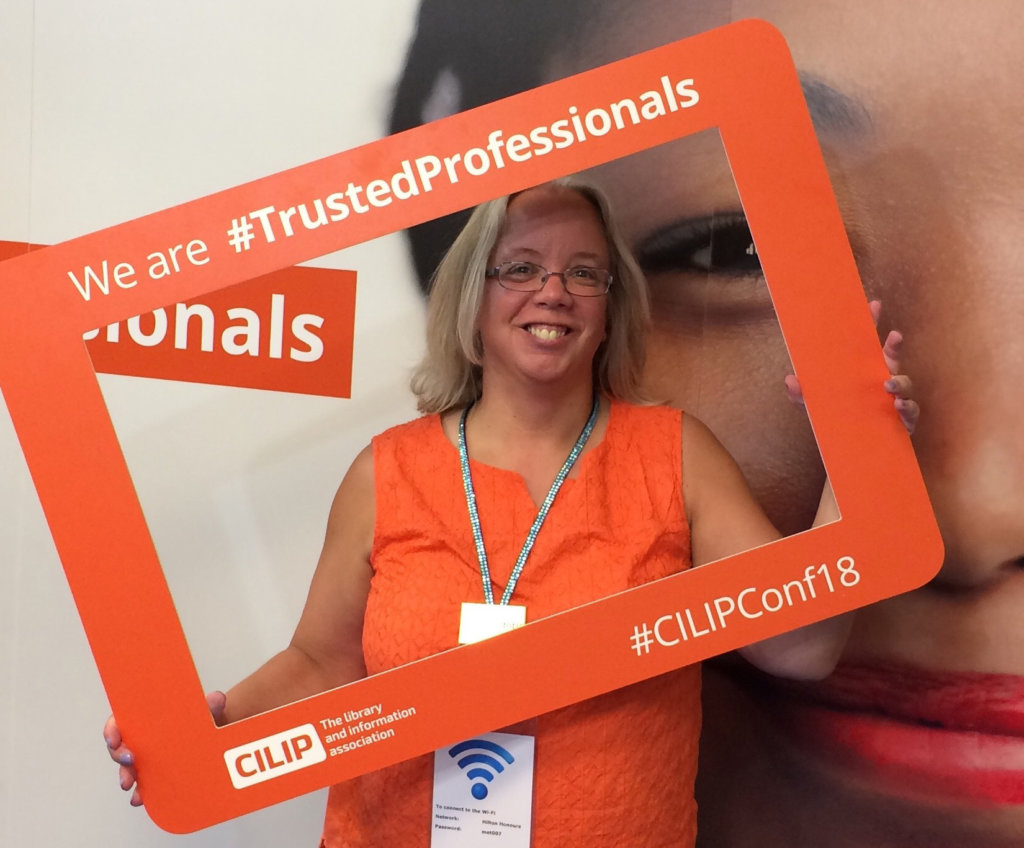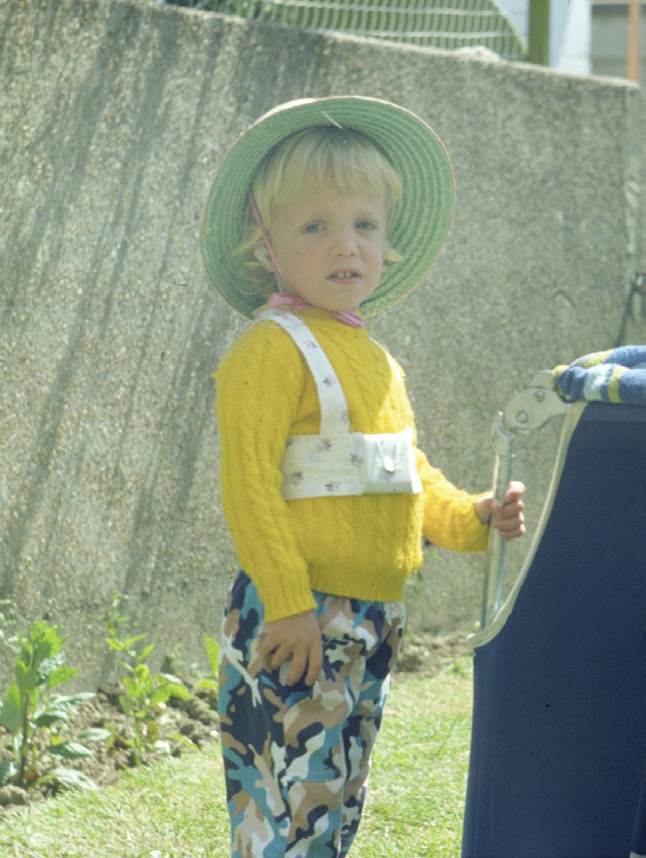Deaf identity is not cookie cutter shaped: a CI user in a hearing world
Editor’s Note: CanadianAudiologist.ca has been granted permission to reprint this excellent article on languages that Deaf people use in the UK and how this related to deaf and Deaf identity. Reprinted with permission from Audiology and ENT News. The reader is also directed to an article in a previous issue of CanadianAudiologist.ca at https://canadianaudiologist.ca/sign-languages-of-canada-the-canadian-language-museums-newest-travelling-exhibit/
Sam Burgess tells us what deaf identity means to her as a service manager in a busy healthcare library, with a cochlear implant.
To begin with, I have been deaf since birth due to congenital rubella. I have not known any different; my life is what it is and my deafness is just one part of me. Having been invited to share my story over the years via various means, I always emphasise that my hearing loss is not the most important element that makes me ‘me’ – it just piece of the equation that adds up to me as a mother, daughter, library manager, book worm and introvert!
My cochlear implant (an Advanced Bionics Naida) is one that I have had for about nine years, which is less than a quarter of my life so far. Prior to my implant I relied on a pair of hearing aids to boost my profound hearing loss. I always considered my right ear to be my better ear; today, when the CI processor battery fails in the left ear, I am quite shocked at just how poor my right ear actually is, even with a hearing aid. Without anything in either ear I am entirely reliant on my other senses and need a vibrating alarm clock to wake me in the morning.
So, what does deaf identity mean to me as a CI user in a hearing world? The first thing that comes to mind is that the cochlear implant is not the miraculous fix that people sometimes think it is. As I sit in one of the libraries that I manage, there is someone using the telephone less than a metre away from me – I can hear them talk but I cannot (without lipreading) understand what they are saying. That said, given the right person and the right context, I can sometimes hear without looking, and I do treasure those little moments that show that my CI (along with my brain) is doing what it should.
If there is one thing that I do recognise about my deaf identity in the hearing world that I occupy, it is that I have a very supportive team around me. They wait for me to turn captions on in Teams meetings, they save me a seat at the front of the room during training or away days, and it is simply accepted that I do not use the telephone. This is the privilege that I have, and I recognise that not everybody with a hearing loss has the same experience as I do. As I reflect on this though, my experience should not be a privilege but simply the way in which everybody with a hearing loss should be supported.
"If there is one thing that I do recognise about my deaf identity in the hearing world that I occupy, it is that I have a very supportive team around me."
However, it must be recognised that my deaf identity is not the same as that of my friends and colleagues with a hearing loss. Would my colleagues be as supportive if I needed to book a BSL (British Sign Language) interpreter for every meeting – I believe that they would, but I have not had that experience. Neither have I had the experience of working and living wholly within the deaf community, which must surely foster a strong sense of belonging and camaraderie that I’d be hard pushed to find elsewhere.

This is why I make it clear that deaf identity is never as tidy as a cookie cutter that produces the same butter biscuits again and again. As co-chair of a staff disability group, I am privy to many stories where hearing loss is treated as a nuisance, or people are putting themselves under pressure to achieve the near impossible given their hearing loss. I hear that reasonable adjustments are ‘too difficult’ to put into place and that people do not understand that hearing loss is not the same in every situation – listening in a quiet room is very different to listening in a noisy canteen.
If there is one singular message that I can leave you with, it is to treat anyone with a hearing loss as the individuals they are. Like many aspects of life, there is a spectrum of hearing loss and associated experiences. You may meet a CI user that has had a so-called ‘rock star’ switch on and loves to use the telephone, or you may meet a CI user that prefers to use sign language, and yet your next appointment may bring you someone newly diagnosed who is struggling with their personal identity. You are also likely to meet someone that does not want a cochlear implant or hearing aids; they are entirely satisfied with their own life and do not need to be ‘fixed’.
As someone who believes that being deaf is just one part of me and that I am not a walking cochlear implant, I ask you to explore the relationship that you have with the next deaf person that you meet. Do you truly know what they need, how they like to communicate, and do you know the person behind the ears?



